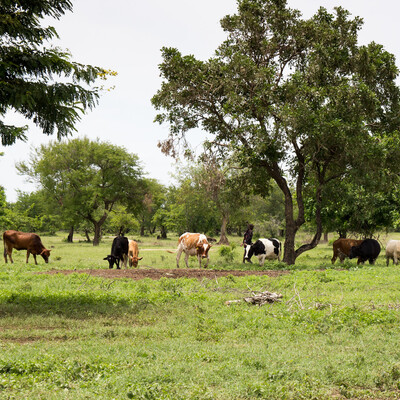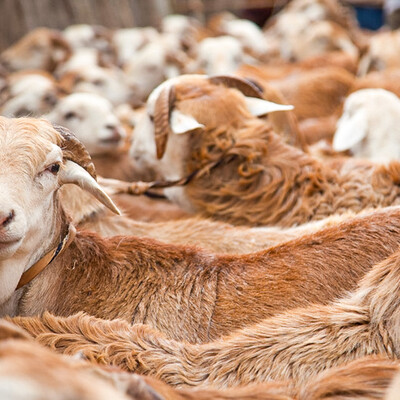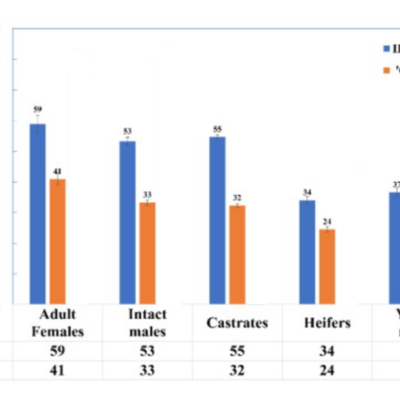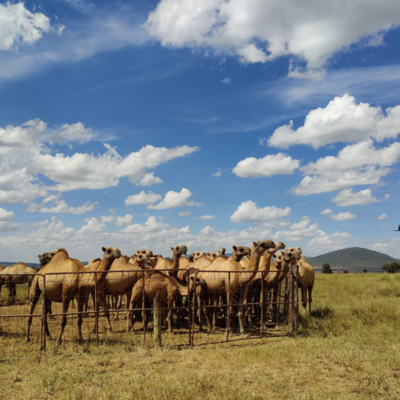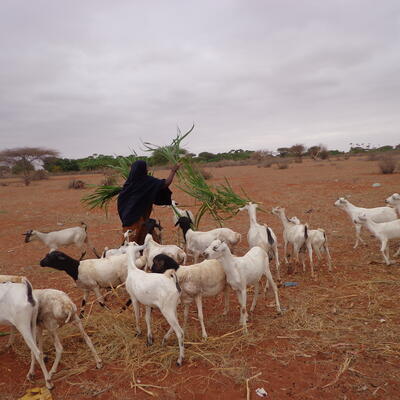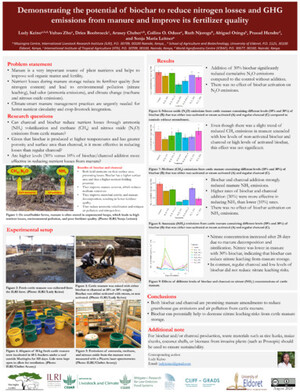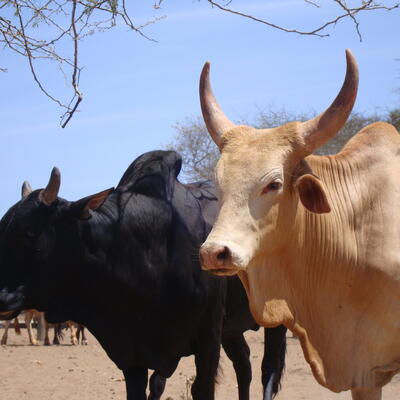

If you look for local innovations, you will find them: Exciting next steps for the Living Lab for People in Nandi County
The Living Lab for People has taken significant strides towards becoming a hub for locally led adaptation innovations in Nandi County as the Nandi County government and Kaimosi Agricultural Training Centre hosted the first International Livestock Research Institute (ILRI) pilot.
Living Lab for People is defined as a space for citizens to co-design innovations in real-world settings. In 2024, the Living Lab for People board issued the first call for innovation cases through social media and the extension system.
The idea was to capture a broad range of ideas and then screen for the most innovative ones aligned with the aim of low emission food system development.
Assessment and evaluation of the submissions to the call was done by the Living Lab for People advisory board, composed of different experts from Nandi County.
Key evaluation criteria included:
- Availability of a detailed description of the proposed innovation.
- Consideration of gender and social inclusion.
- Mitigation potential: Assessing the innovation’s ability to reduce emissions.
- Scalability and sustainability: Evaluating potential for growth and long-term impact.
- Food systems transformation: Contribution to transforming Nandi County's food system in the long term.
Applications were possible for both group and individual innovators. The call attracted submissions of 26 innovations, of which six were selected for funding and scaling. Some of the winning innovations included:
- Azolla farming: A compact aquatic system for feed production, paired with poultry and sheep fattening. This innovation demonstrated efficient land use and integration of multiple agricultural enterprises.
- Black soldier fly farming: Black soldier fly farming supports circular economies by transforming organic waste into high-protein animal feed and organic fertilizer, reducing landfill waste and greenhouse gas emissions.
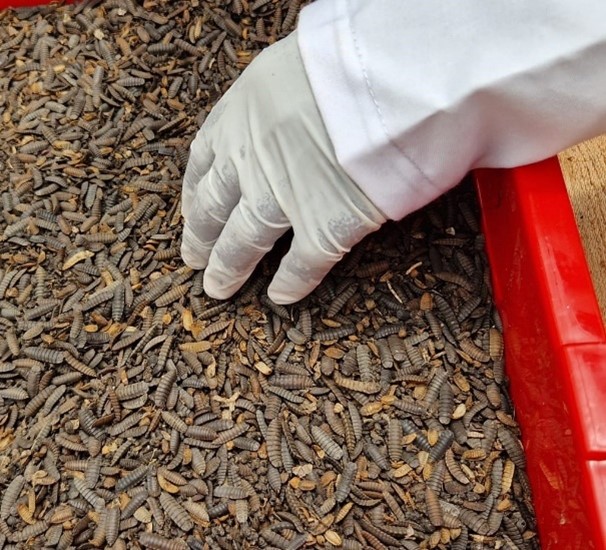
The selection of the six innovations out of 26 was a challenging process. Several measures were put in place to ensure that the assessment process was fair and transparent. An odd-numbered advisory board facilitated decision-making through voting, preventing stalemates. Site visits by board members validated the feasibility of the proposed innovations and ensured informed decision-making.
Ednah Maritim, a member of the advisory board, emphasized the participatory nature of the process:
"The Living Lab for People advisory committee held meetings both in person and online, during which several innovations were screened. Three members were tasked to visit the innovators, enabling the board to make well-informed decisions."
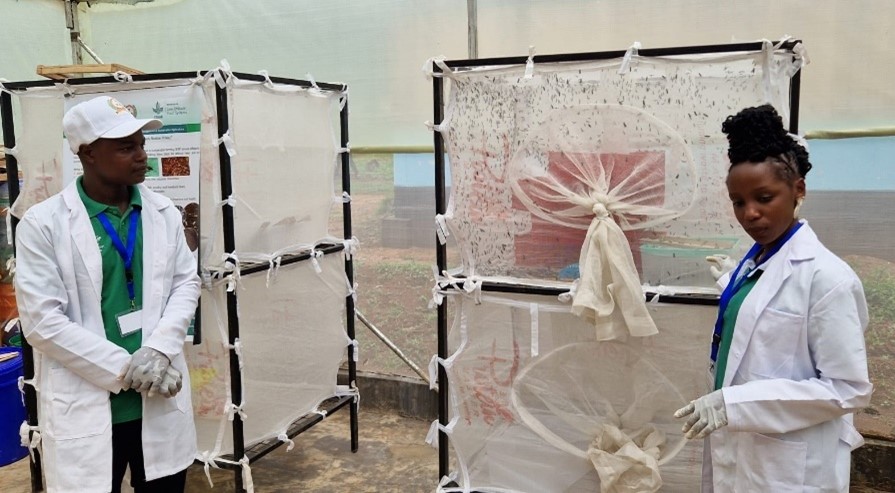
Key insights and next steps
The screening process uncovered the following insights:
- Phased funding is necessary to address resource constraints and support innovators at different stages of development.
- Scaling strategies for low-emission practices need refinement to ensure broader adoption and effective implementation
- A participatory and inclusive framework is critical for identifying and prioritizing innovations with the greatest potential for impact.
As Thomas Mosbei, Kaimosi Agricultural Training Centre Living Lab for People desk officer, noted: "Developing the assessment framework required objectivity and consensus, but it led to the objective identification of innovation cases."
The selection of this first round of innovative cases at the Living Lab for People in Nandi County has highlighted the great potential of local-level innovation.
This success is inspiring all those involved to identify solutions that can sustain this momentum. This means nurturing the partnerships developed over the past two years and actively seeking new investors to contribute to an innovation fund supporting these cases.
This could create opportunities to align the Living Lab for People and the Adaptation Pioneer team with Nandi County’s plans and objectives, promoting both locally led adaptation innovations and scaling efforts across the county.
Related stories
- In Kenya’s Nandi county, stakeholders jointly reflect on a theory of change for low-emission food systems transformation
- Establishment of living lab for a low-emission food system in Nandi County
- The future we want: Participatory workshops in Kenya's Nandi County
- Toward sustainable land use planning: Land use mapping for Nandi County, Kenya
You may also like
Related Publications
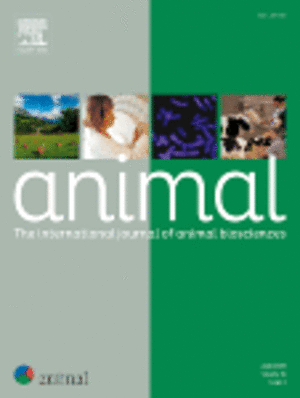
Effect of variation in gridded cattle diet composition on estimated enteric methane emissions in data sparse tropical regions
- Mutua, John Y.
- Duncan, Alan J.
- Robinson, Timothy P.
- Fraval, Simon
- Notenbaert, An Maria Omer
- Watmough, Gary R.

Comparison of methodologies for estimating enteric methane emission factors from sheep in smallholder systems in Africa: A case study from Ethiopia
- Gurmu, E.B.
- Ndung’u, Phyllis
- Wilkes, A.
- Getahun, D.
- Graham, Michael
- Leitner, Sonja
- Marquardt, Svenja
- Mulat, Daniel
- Merbold, Lutz
- Worku, Tigist
- Gakige, Jesse K.
- Tadesse, D.
- Bekele, M.
- Arndt, Claudia

Greenhouse gas emissions from traditional livestock enclosures in Kenya and options for mitigation
- Leitner, Sonja
- Carbonell, V.
- Yuhao Zhu
- Butterbach-Bahl, Klaus
- Barthel, M.
- Mhindu, R.L.
- Mutuo, Paul M.
- Buchmann, Nina
- Merbold, Lutz

Managing emissions and nutrient losses from cattle manure through cascades with carbonized materials in Kenya
- Keino, L.
- Yuhao Zhu
- Roobroeck, D.
- Chebet, Arusey
- Oduor, C.O.
- Njoroge, R.
- Otinga, A.
- Hendre, Prasad
- Leitner, Sonja





